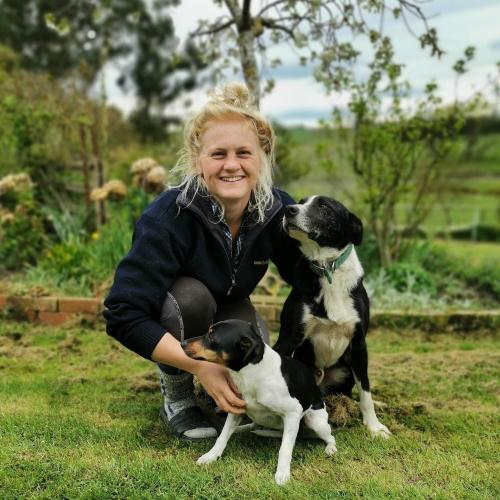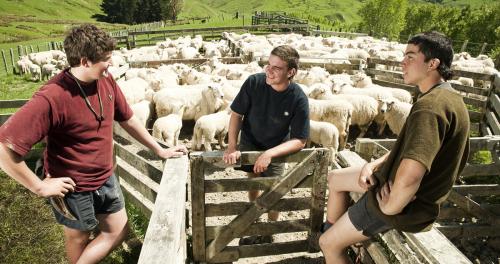Search results
Displaying 61 - 70 results of 630
- Resource book… combatting internal parasites lnz sole funder wormwise giving farmers tools minimise impact … combat parasite resistance farms delivering wormwise dairy creating tools resources … collaborative 2075 million sevenyear programme eliminate impacts working across …
- … to New Zealand's primary industries, its programmes developing the skills, capability … Development Trust (AWDT) runs leadership programmes that aim to increase the pool of … out what AWDT can offer you. Their leadership programmes will help you understand your …
- PageIf only we didn’t have to collect poo, but we do!!! Faecal egg counts can be done on individual samples or on a bulk sample (composite samples). Learn about when you might use one or the …
- Podcast… Beef + Lamb New Zealand’s Trade Policy programme …

- Podcast… at the Global Sheep Forum’s Next generation Programme in Australia in August this year. … what the Global Sheep Forum’s Next Generation Programme is, why Beef + Lamb New Zealand … the Global Sheep Forum’s next generation programme …

- Podcast… B+LNZ Generation Next Programme graduate Bayley Coates …

- News… Beef + Lamb New Zealand’s Cool Sheep® Programme Manager Dr Cynthia Lawrence … Cool Sheep® programme features at Climate Change Conference …

- News… Apply now for the Next Generation Sheep Farmer Programme, scheduled to take place in … the Australia visit, participants in the programme will then travel to New Zealand to … Apply for 2026 Next Generation Sheep Farmer Programme …

- Faecal egg counts, larval cultures and other diagnostic methods can be used to assess the level of worm infestation in stock, and whether drench treatments have been …
- PageIf you want the best information from your worm monitoring, make sure you collect fresh samples and store them correctly. Here’s a quick …